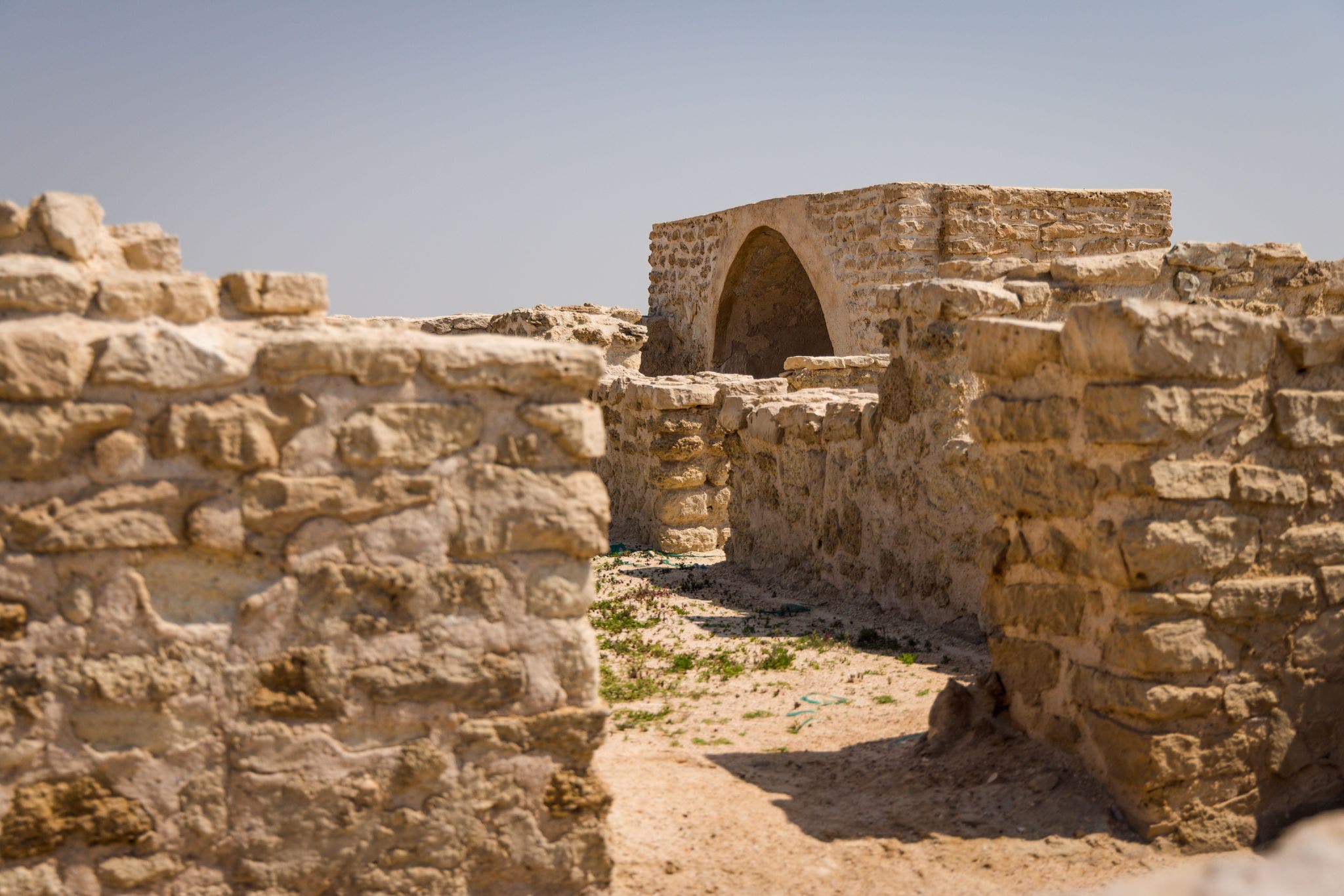At this juncture, Qatar witnessed the rise of many tribal entities such as the Bani Khalid, who ruled a swathe of land that spanned Qatar and Kuwait. The Al-Musslam tribe was the predominant tribal group on the Qatar peninsula from at least the 16th century. Other tribes known to have lived in the region before the 18th century included the Al-Naim, or the Al-Hawala, a tribal confederation of sea-faring Arabs from the Iranian side of the Gulf. In the 18th century, Kuwait, Qatar and Bahrain were taken over by members of the ‘Utub tribal confederacy, which comprised a number of tribal groups including Al-Sabah, Al-Khalifa, Al-Fadhil and Al-Jalahimah. Although the majority of groups in the ‘Utub originated from central Arabia, at some point they became maritime, adopting boats as a primary means of transport.
A handful of 17th-century sites are known to have been occupied, even though the archaeological and historical evidence for their existence is fairly meagre. By the end of the 18th century, there was a wide network of settlements, particularly along the northern coast of the Qatar peninsula. One of the most significant changes in the 18th century was the virtual disappearance of the Portuguese population, and the arrival of merchants from the Netherlands, France and England. While these nations had been present in the Gulf during the 17th century, rivalry increased during the 1700s, resulting in a virtual British monopoly by the start of the 19th century. This laid the groundwork for Qatar’s modern history.











